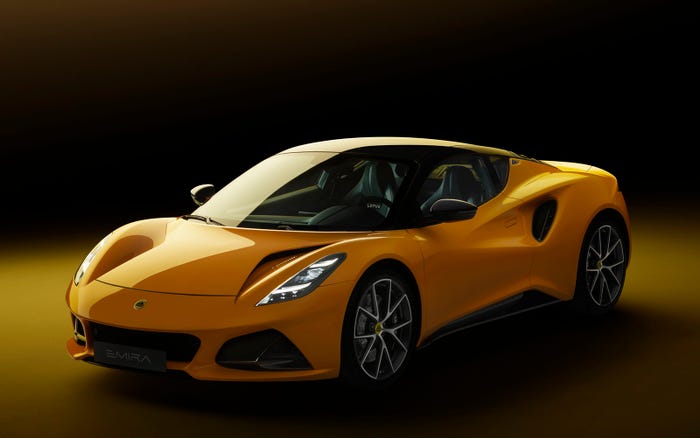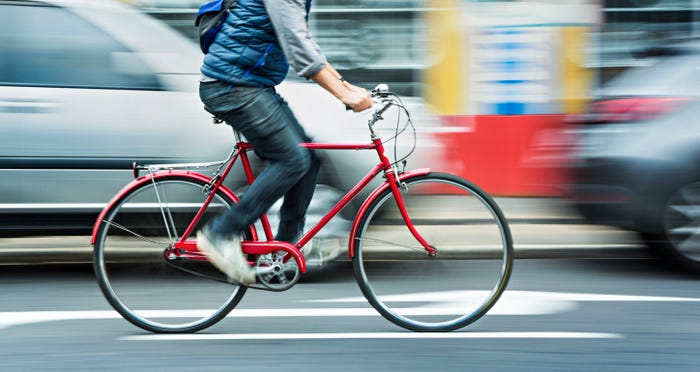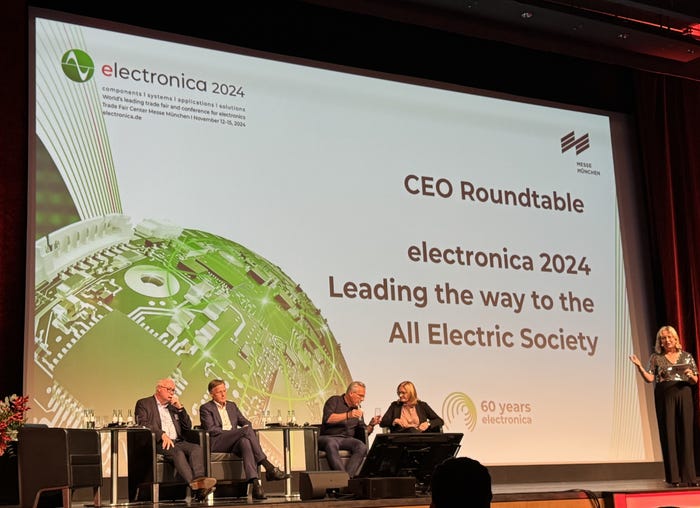Malaysian Automaker Perodua Sees Q3 Sales Slip
Sales slowed 3.0% in the third quarter to 51,900 units, leaving Perodua with nine-month deliveries up just 0.5% at 151,600 units. Meanwhile, the automaker says it has no immediate plans to introduce an electric vehicle in Malaysia.

Malaysian market leader Perodua says it’s cautiously optimistic it can reach its full-year sales target of 202,000 units, which would be down from 207,100 in 2016 and the record 213,307 in 2015.
Meanwhile, Perodua says it has no immediate plans to introduce electric vehicles (EV) in Malaysia, saying it wants to continue developing its internal-combustion engine.
Sales slowed 3.0% in the third quarter to 51,900 units, leaving Perodua with 9-month deliveries up just 0.5% at 151,600 units.
The government’s Bernama news agency quotes President and CEO Aminar Rashid Salleh as saying the third-quarter sales fall reflected higher deliveries in the year-ago period after the July 2016 launch of Perodua’s Bezza A-segment sedan.
“That impact has normalized now, and our sales have benefited from the model’s introduction,” he says.
The automaker’s challenges in the fourth quarter include tougher approval requirements for car loans, Aminar says in a statement reported by Bernama.
“While bookings for our vehicles are still relatively good, the conversion rate from booking to registration is less than 50%,” he says. “The conversion rate used to be in the 60% to 70% (range) before, and now it’s only 48% on average.”
In the first nine months, Aminar says, Perodua’s Axia was Malaysia’s best-selling A-segment compact hatch with 48,700 units, followed by the Perodua Myvi, the best-selling B-segment hatch (42,000), the Bezza, the best-selling compact A-segment sedan (39,800), and the Perodua Alza, the best-selling MPV (21,400).
Perodua’s vehicle build fell 3.8% in the first nine months to 147,900 units, but Aminar says this was because extra vehicle stock was produced in fourth-quarter 2016 in response to an expected higher exchange rate in early 2017.
EVs, meanwhile, are not in Perodua’s near future.
“I would rather we focus on our bread-and-butter internal combustion engine, which is energy-efficient and can still be used in Malaysia,” The Edge quotes Zainal Abidin Ahmad, vice president of Perodua’s manufacturing arm, as telling reporters at the Tokyo auto show.
Daihatsu, which holds a 20% stake in Perodua and is its technology partner, unveiled an EV concept car at the show.
“What we’re doing now is looking at how we can realize the full potential of this (ICE) engine in terms of fuel consumption,” Zainal says. “Until such time we cannot improve on it anymore – that is, once it already reaches its full potential – then only we’ll consider EVs.”
He says the Bezza’s 1.0L engine with a manual transmission can get up to 53.6 mpg (4.4 L/100 km), and the version with an automatic gearbox gets up to 50.1 mpg (4.7 L/100 km).
It doesn’t make sense for Perodua to venture into EVs now as the infrastructure to support the technology, including charging stations, is not widely available in Malaysia, Zainal tells reporters.
Malaysia’s National Automotive Plan offers incentives for local production of energy-efficient vehicles, but Zainal says they can be applied to an ICE maximized in terms of fuel consumption.
Malaysia Automotive Institute CEO Madani Sahari tells The Star newspaper 230 charging stations are being installed in the country and the number is expected to reach 1,000 by 2020.
While current infrastructure may not support EVs, he says, the government has adopted a two-pronged strategy of having lithium-ion batteries manufactured locally and of installing more charging stations.
For Malaysia to produce EVs, Madani says, it is important to own the technology of producing its own Li-ion batteries as this component can account for up to 40% of the cost of an EV.
“The national carmakers will start to produce EV cars when their business plans make sense in terms of cost competitiveness and wide availability of the charging stations,” he says. “It’s a chicken-and egg-situation. The government is taking the initiatives under the two-pronged strategies, so we can enable the introduction of EVs.”
About the Author
You May Also Like



